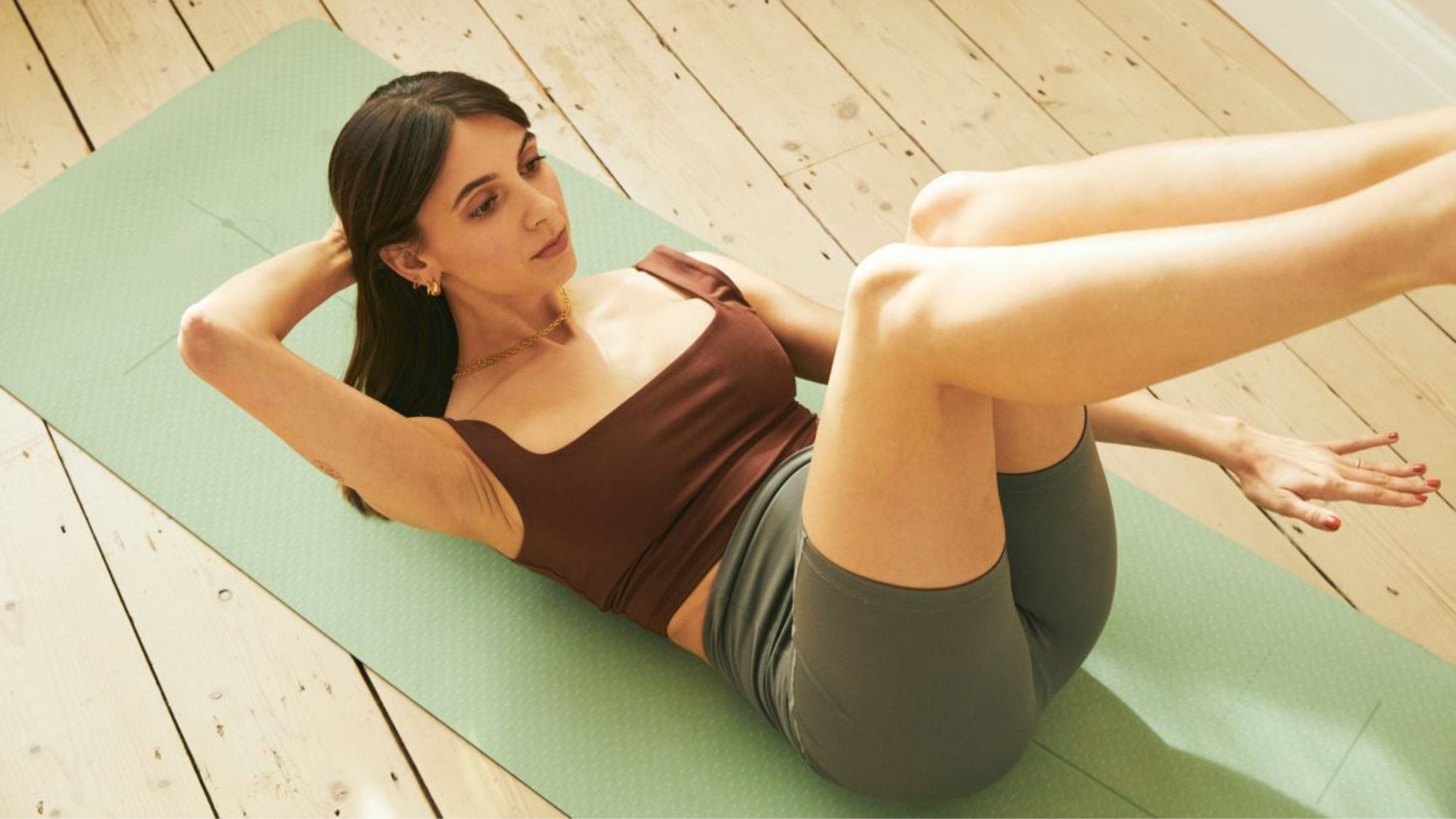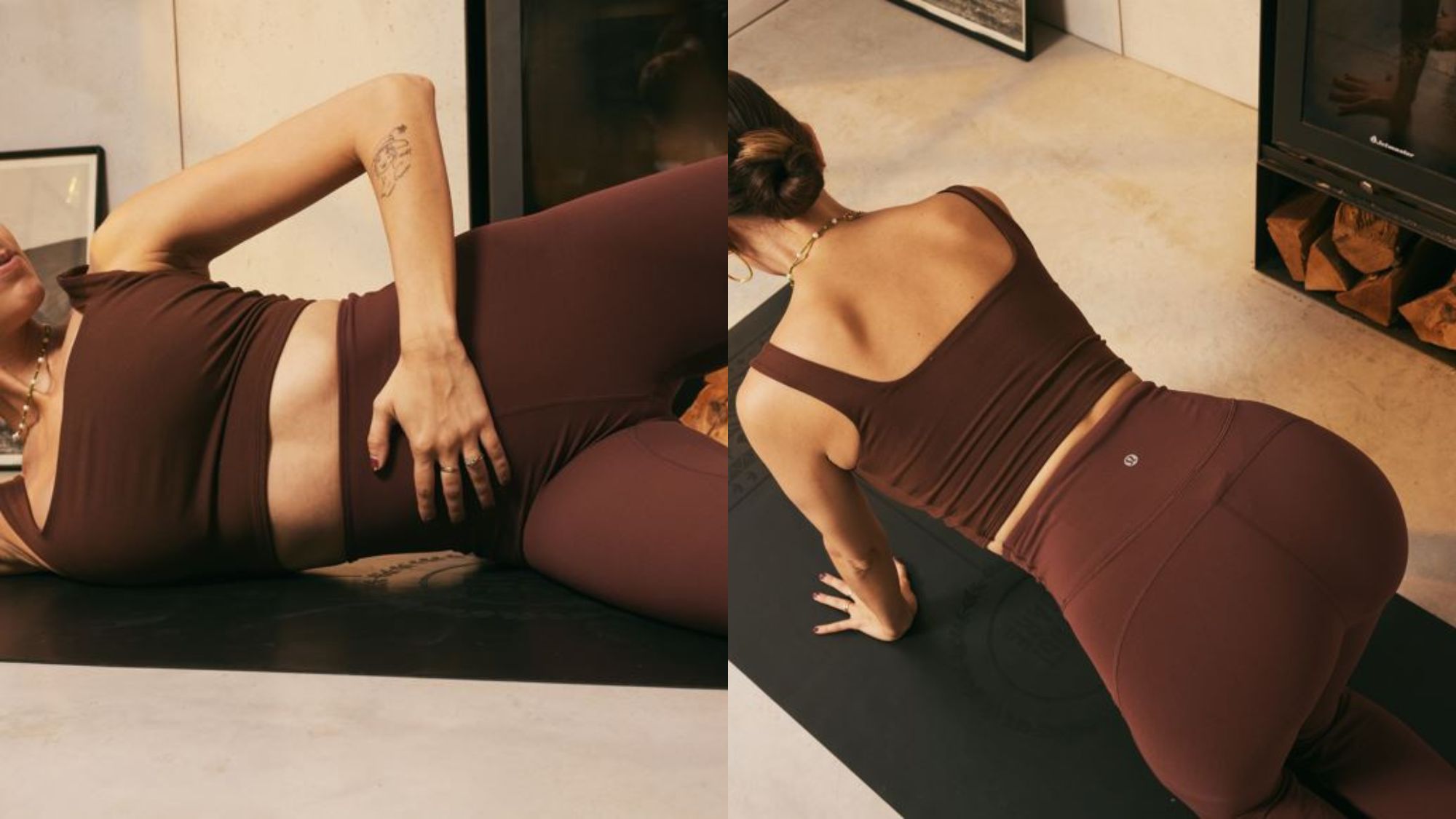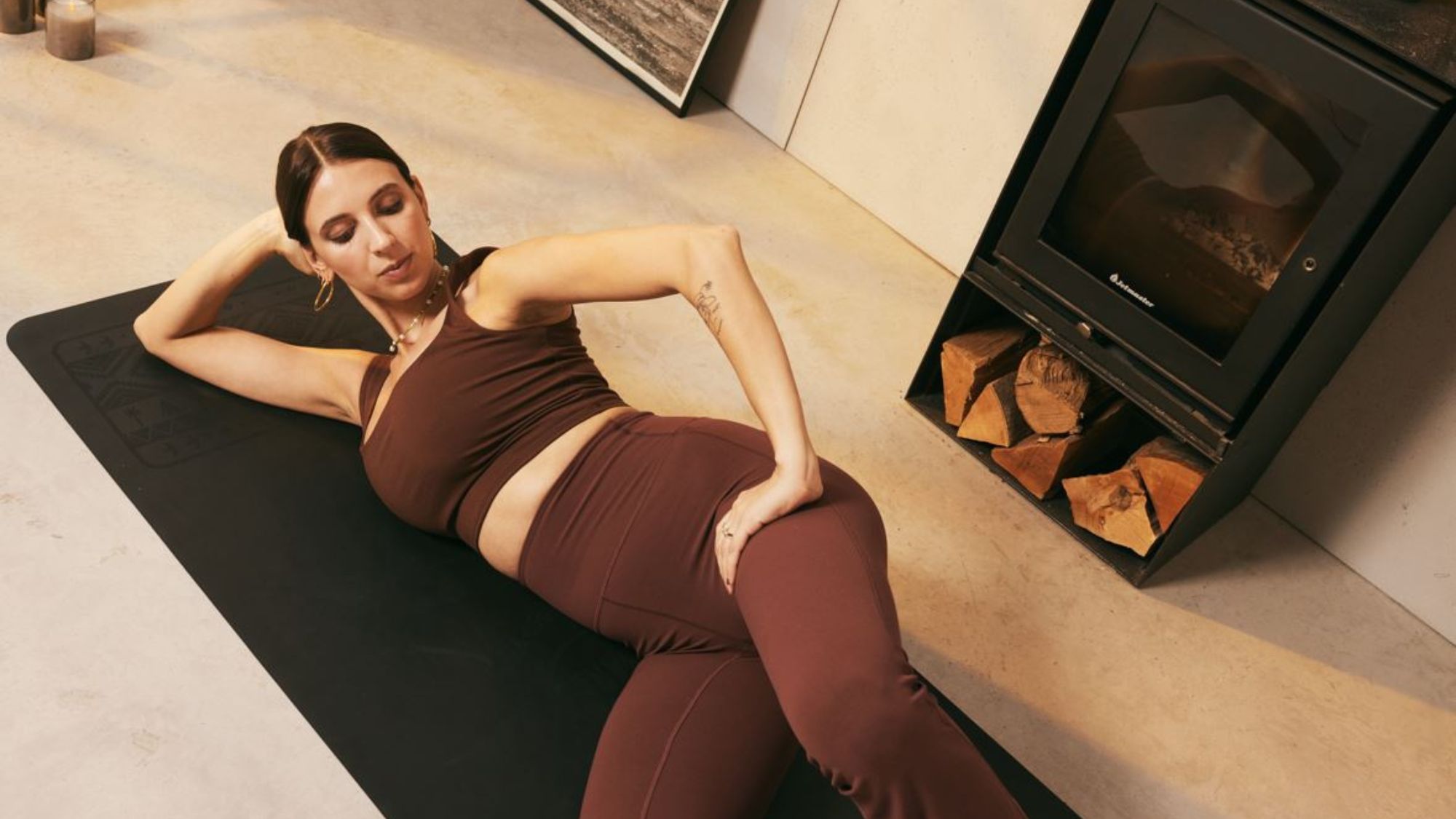
If you've seen the benefits of Pilates being shared left, right and centre on your Instagram, you'll know that the workout is having a bit of a moment. Enter stage right: our guide to Pilates for beginners.
New to the whole Pilates thing? Fear not, as this feature explains everything from the most common Pilates exercises to the simplest exercises in Pilates for beginners.
Search for Pilates is currently at breakout on Google, which means more people than ever are interested in the workout. As a Health Ed who tried a month of Reformer Pilates last year for a feature (more on that, below), I can see why - it's low impact yet seriously effective, can be tailored to a beginner or more advanced level, and can be done from the comfort of your own home.
Not to mention it's a go-to celebrity workout for the likes of Kendall Jenner, Hailey Bieber, and even Harry Styles. (Yep - the As It Was singer was spotted working out on a Reformer machine just this week).
Here, coach Lottie Murphy, founder of Lottie Murphy Pilates, shares her wisdom. Keep scrolling.
Pilates for beginners: your guide
What is Pilates?
First up, a bit about the workout for you. Many confuse the difference between Pilates vs yoga, largely because Pilates is influenced by yoga. That said, they're very different workouts and stem from different backgrounds: while both low impact, Pilates is a mat workout that uses repetitive movements that focus on strengthening your whole body (predominantly your core).
"It's hard to define in a few sentences, but the practice is intended to be a complete coordination of body, mind and spirit," shares Murphy. Essentially, it involves repeating a series of exercises (there were originally 34 but now hundreds) on either a mat or a Reformer machine and working muscles including your abs, hips and glutes. Expect also to use small props such as resistance bands, Pilates balls and weights.
Celebrity news, beauty, fashion advice, and fascinating features, delivered straight to your inbox!
Who is Pilates for? Well, everyone. "From elite athletes to patients recovering from back surgery and everyone in between, Pilates is a great workout due to its low impact approach and overall positive benefits on an individual's joints, bones and muscles," shares the coach.
The history is pf the workout is pretty fascinating, too - Murphy explains that it was invented by a German man named Joseph Pilates. "He developed the method while being held as a prisoner of war during World War I," she shares. "He was influenced by forms of exercise such as gymnastics, yoga, and boxing, and also observed the movements of cats and other animals," she shares.
Come 1926, he'd moved to New York with his wife and opened his first studio, where he taught elite New York City Ballet dancers as well as regular citizens.
Benefits of Pilates
You'll know from our article on the benefits of Pilates that it's a great workout for a number of reasons - as Murphy explains, the benefits really are endless.
"With over ten years of teaching thousands of clients, I've witnessed these benefits come to life and change people’s lives," she explains. "The one benefit I continually hear from clients and that I find the most special is a sense of care and respect people gain for their bodies through consistent Pilates practice. They find they are more in tune, more gentle and more loving towards both their bodies and minds."
A study from the Physiology & Behaviour journal found that Pilates can lead to significant improvements in muscle mass, flexibility, balance, core- and abdominal muscle strength, body awareness, and negative emotions. Other benefits include:
- Increased strength
- Improved muscle definition
- Prevention of back pain
- Improved posture
- Boosted energy and immunity
- Reduced risk of injury
- Reduced stress levels
- Improved wellbeing and invigoration.

5 key Pilates terms to know, as a beginner
So, you're keen to give it a go? As a beginner, there are a few key terms to understand to help get you started, shares the expert.
1. Centering
This is a word that may otherwise be known as core stability, powerhouse or “zip up and hollow," shares the expert.
That said, she points out that these terms are a little outdated. "Centering is about having control over your body as it moves through space," she elaborates. "This control comes from your trunk as a whole, not just your abdominals, and is a sense of balance and stability to all sides of the body as you perform the exercises."
2. Neutral
Next up: you'll hear neutral a lot if you tune into a Pilates flow or head into a studio.
"Neutral can be referred to all joints however is mainly referenced in Pilates when looking at the pelvis and spine," she explains. Simply put, a neutral pelvis is when your hip bones and pubic bone are on the same plane or axis. "It’s a position where there’s no tension and your body feels in that its correct in both form and alignment."
3. Pilates stance
Another common term used by Pilates instructors is stance. This simply refers to the position traditionally used when you're standing on your Pilates mat.
"It’s similar to the first position in ballet: your heels are together and toes apart. Think a small pizza slice size," she shares.

4. Reformer
Reformer is simply a term to describe a type of Pilates that is carried out on a Reformer machine. In a Reformer class, you'll combine the traditional principals and movements of mat Pilates but practice it using the foot bar, carriage and included on the piece of equipment.
It involves using five strings, all of which have differing tensions, to push and pull your bodyweight on the machine.
Read how Health Editor Ally Head got on trying a month of Reformer Pilates, here.
5. General anatomy
Finally, it’s worth knowing some anatomical terms in general before heading into your first Pilates class - although you’ll also learn these as you continue your Pilates practice, so you don't need to get your biology books out, reassures the instructor.
"Bodily parts such as the sacrum, ribcage, diaphragm and pelvic floor will all become more familiar to you during your practice, as well as the directions and degrees in which your spine and other joints can move," she concludes.
Keen to give it a go? The below video from Murphy is a simple everyday Pilates class which will help you to learn some of the fundamentals of Pilates.
Enjoy the mindful practice as a way to introduce yourself to some key Pilates techniques and correct form.

Ally is Marie Claire UK's Senior Health and Sustainability Editor, a well-regarded wellness expert, ten-time marathoner, and Boston Qualifying runner.
Utilising her impressive skillset and exceptional quality of writing, she pens investigative, review and first-person pieces that consistently demonstrate flair and originality.
As well as writing, Ally manages a team of freelancers, oversees all commissioning and strategy for her pillars, and spearheads the brand's annual Women in Sport covers, interviewing and shooting the likes of Mary Earps, Millie Bright, and Ilona Maher. Shortlisted for three BSMEs and winning one in 2022, Ally lives and breathes her verticals: her eye for a story and connections within the wellness sphere are unrivalled. Follow Ally on Instagram for more.
